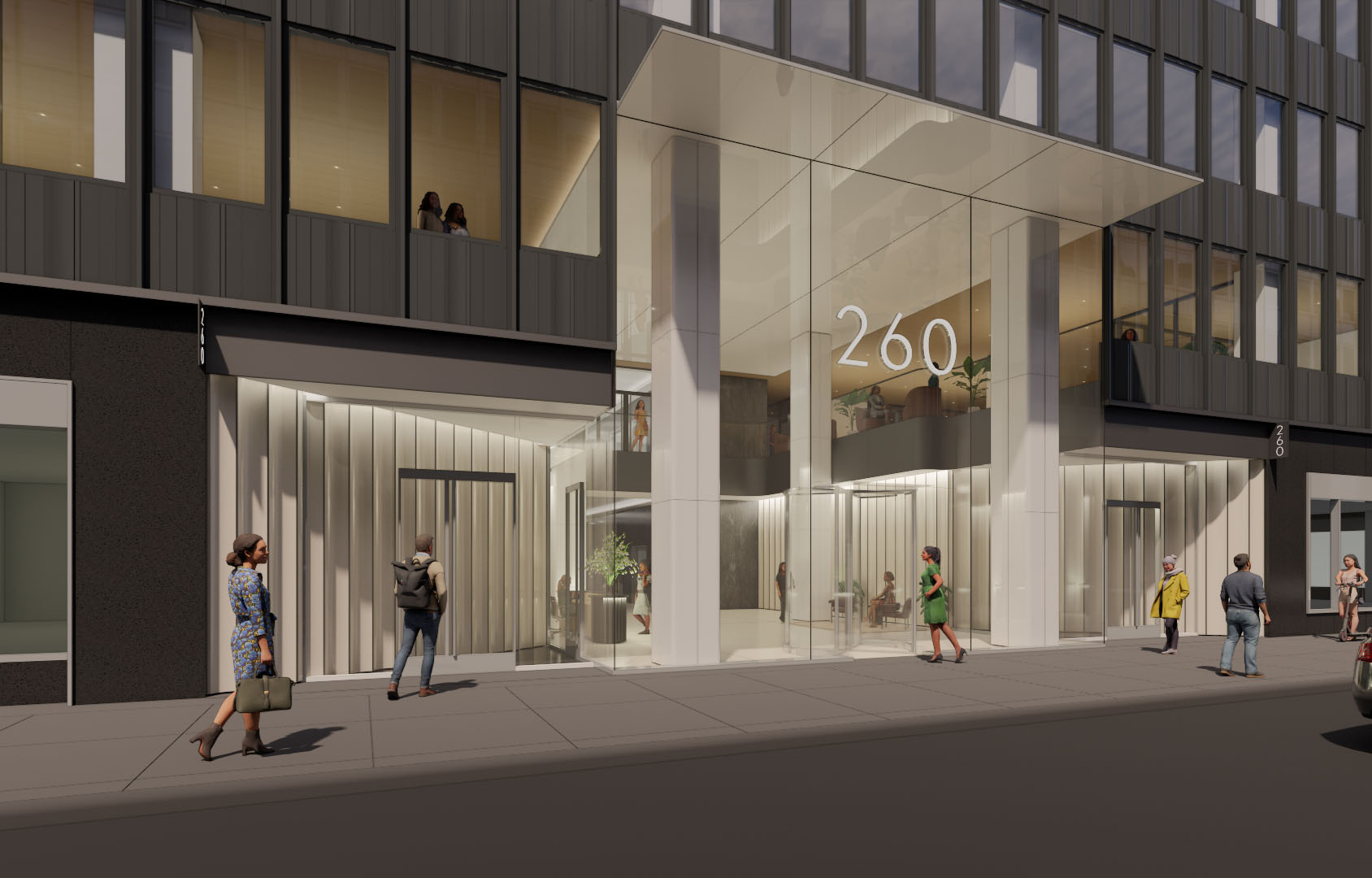Areas of strength in the NYC commercial real estate market during the COVID-19 health crisis - by Michael Zysman

City Bay
Capital LLC
There are many sectors of the New York City commercial real estate market that are performing well. Industrial real estate has been strong, along with class A and B multifamily, retail in lower and middle income neighborhoods, small floor plate office buildings in residential areas, and self-storage. According to the New York Times, roughly 420,000 or 5% of New Yorkers left the city from March 1st, 2020 to May 1st, 2020, and most of the residents that left are residents of the city’s highest income areas. In contrast, many of the commercial properties in areas that did not see the same level of population decline continue to perform well.
Industrial properties have been performing well in NYC and around the country due to the rapid growth of online retail. To make pace with the increased demand, industrial sites that have sat vacant or were underutilized for decades are now being redeveloped into state-of-the-art distribution facilities. These new facilities and their distribution channels have created new employment opportunities for people that were employed by industries that have experienced substantial job loss due to the COVID-19 health crisis. Another area of industrial that has done well is self-storage.
Office buildings with small floor plates in residential area areas have performed well because many office workers have been given the option to work from home by their employers due to COVID-19 health concerns. Although many workers are now allowed to work from home, it is not always viable for workers with families who live in relatively small spaces or other situations that are not conducive to detailed work or sales calls. These workers need office space that is within walking distance from their homes. Historically, office properties in residential locations have primarily catered to medical office and local professionals which continue to perform well. Most remaining vacancy in these buildings has been leasing quickly to companies that need office space close to their workers’ homes. In addition, buildings with smaller floor plates are generally built out as small offices or small suites which make them relatively easy to lease to tenants with small space requirements.
Retail properties in lower and middle income neighborhoods have performed relatively well. Much of this success is due to retail in these areas generally being essential nature. Also, residents in these neighborhoods have been slow to adopt online shopping because there are less buildings with doormen to accept packages or ways for packages to be delivered if the building occupant is not home. This has led to a smaller sales decline when compared to higher income areas whose residents have adopted online shopping at higher rates. In addition, there have been relatively minor population declines in NYC’s lower and middle income neighborhoods which further adds to retail properties in these areas having consistent performance throughout the COVID-19 health crisis.
Class A and B multifamily throughout NYC have also been doing relatively well during the COVID-19 health crisis. Class C apartments have not been doing as well due to a higher level of collection loss. Generally, residents of class C apartments occupy these buildings because they do not financially qualify for class A & B buildings. Since job losses have been most severe among lower income NYC residents, it has translated into increased collection loss for class C multifamily landlords. In contrast, class A and B multifamily landlords have seen a low rate of collection loss due to their tenants generally having a strong financial footing. In addition, the occupancy rate for NYC apartments has been strong throughout the COVID-19 health crisis. According to The Elliman Report, the vacancy rate for apartments in Manhattan, Brooklyn, and Queens only increased from 1.95% in August 2019 to 5.10% in August 2020, which indicates a healthy market by most national standards. Due to only a slight decrease in occupancy and low collection losses, class A and B properties have performed well during the crisis.
Once a COVID-19 vaccine becomes widely available, it can be assumed that most of the residents that left NYC will be back or will be quickly replaced by new residents that desire the unique opportunities and experiences that only NYC can provide. Although there are sectors of the NYC commercial real estate industry that have been structurally impacted forever by the COVID-19 health crisis, developers will eventually reposition the properties in these sectors into new and profitable uses. All crises that have impacted NYC throughout history have ultimately resulted in the city transforming and becoming a better version of itself. History usually repeats itself, so we should expect NYC to transform into a better version of itself once it emerges from the COVID-19 health crisis.
Michael Zysman is a managing principal at City Bay Capital LLC, New York, N.Y.
Berger and Koicim of Marcus & Millichap sell 17-unit multi-family for $8.8 million


Strategic pause - by Shallini Mehra and Chirag Doshi

Lasting effects of eminent domain on commercial development - by Sebastian Jablonski

AI comes to public relations, but be cautious, experts say - by Harry Zlokower









.jpg)

.gif)